Tidying up the garden before winter might feel satisfying—but sometimes, leaving a little mess is better. Old stems that remain standing through the colder months do far more than you might expect for your garden’s health and biodiversity.
From providing vital habitat for overwintering insects to offering shelter for birds and enriching soil as they slowly break down, these structures support the entire ecosystem. Plus, frost-covered stems add unexpected beauty to an otherwise quiet winter landscape.
In this article, discover the surprising benefits of leaving old stems in your winter garden—and why a less tidy approach can lead to a more vibrant, resilient space come spring.
Winter Shelter for Insects
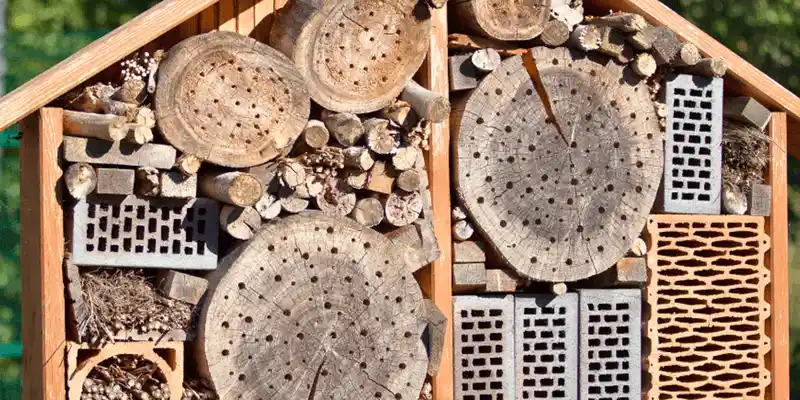
In a world where every little nook matters, old stems offer a cozy haven for insects. Ladybugs, beetles, and countless other small creatures find refuge in the crevices of these stems. They provide warmth and protection from harsh winter weather.
Without this natural shelter, many beneficial insects might not survive the cold months. This can impact the balance of your garden’s ecosystem. By allowing these stems to remain, you’re essentially offering a lifeline to the tiny helpers that will aid your garden come spring.
Nutrient Cycling

Gardens thrive on nutrient-rich soil, and old stems are a part of that cycle. As they break down, they release valuable nutrients back into the earth. This process enriches the soil, preparing it for the next growing season.
The gradual decomposition of stems helps build soil structure. It enhances its ability to retain water and nutrients. So, while they may seem lifeless, these old stems are quietly working behind the scenes to rejuvenate your garden soil.
Support for Birds
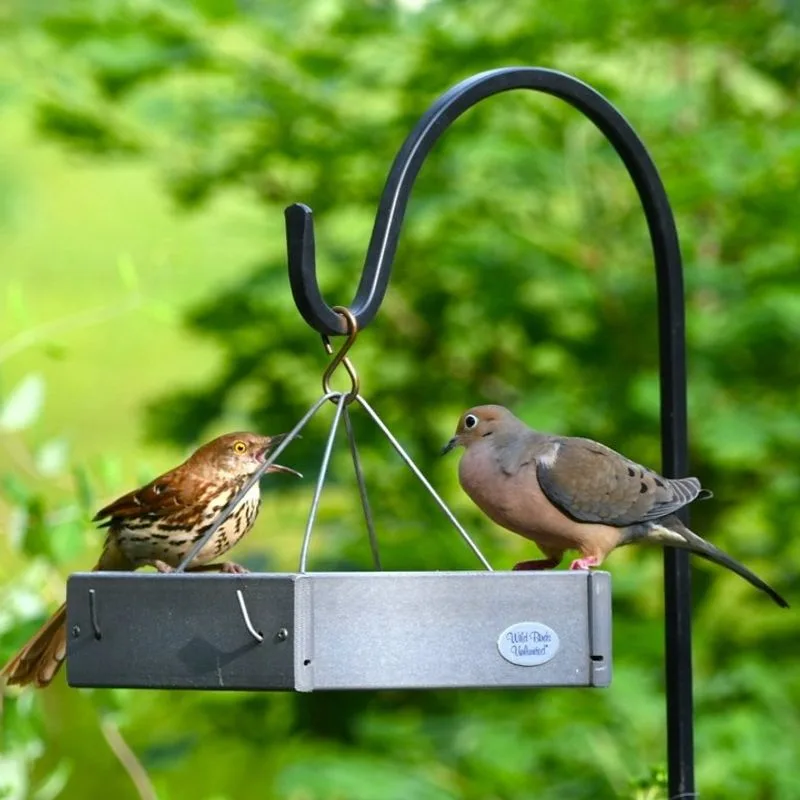
Birds are the unsung heroes of the winter garden, and old stems offer them a vital perch. They provide a resting place and vantage point for birds. From here, they can search for food or spot potential threats.
These natural perches also help keep birds safe from ground predators. By leaving stems intact, you’re fostering a bird-friendly environment. This encourages birds to visit and help control garden pests naturally.
Frosty Aesthetic Appeal
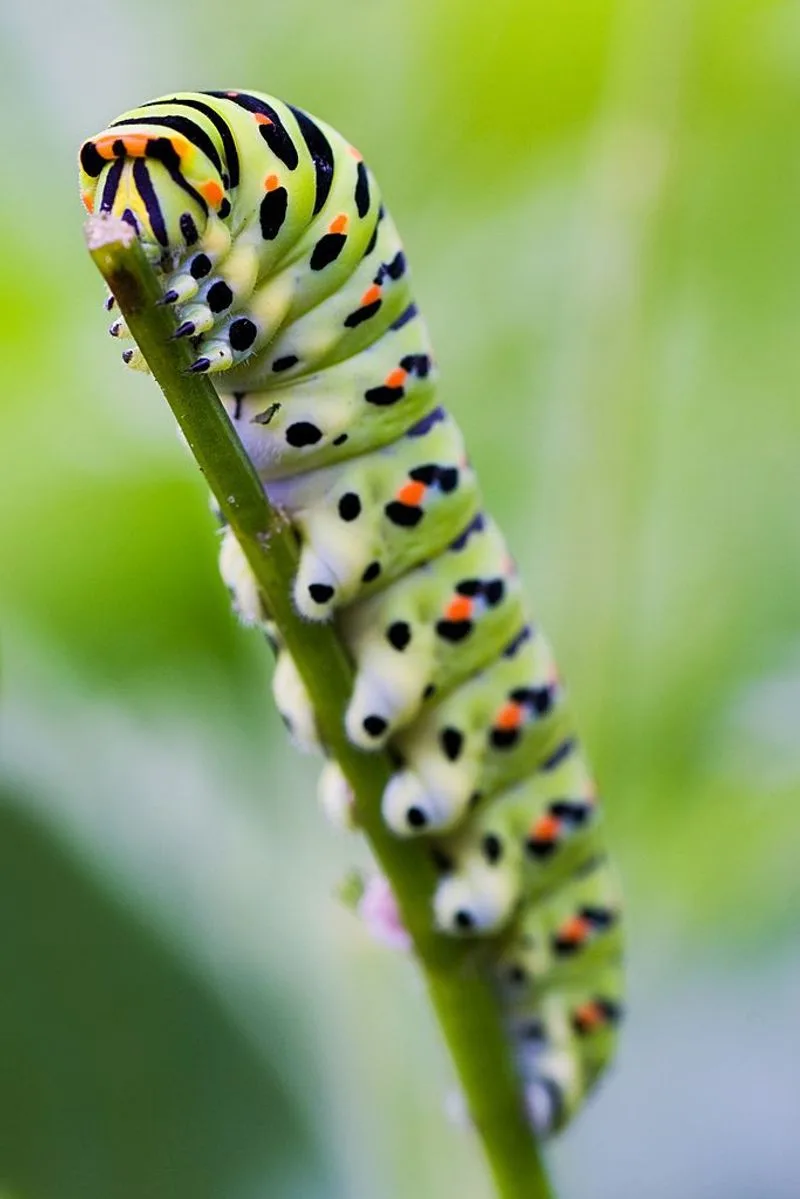
Amidst the muted tones of winter, old stems add a touch of elegance to the garden landscape. Frost clings to their surfaces, creating intricate patterns that sparkle in the winter sun.
This natural artwork brings a unique visual appeal to your garden. It offers a reminder that beauty can be found even in the dormant months. Letting these stems stand turns your garden into a living gallery of winter’s subtle charm.
Habitat for Small Mammals
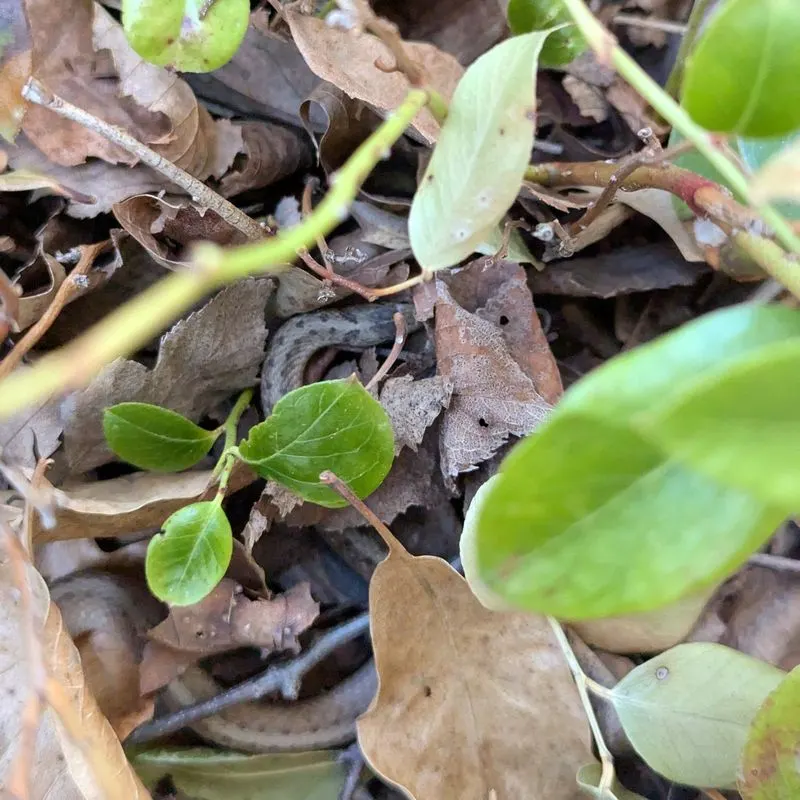
Small mammals like hedgehogs appreciate the cover old stems offer. These natural shelters protect them from predators and harsh weather.
As they scuttle through the garden, these creatures play a role in pest control. They consume slugs and other garden nuisances. By providing a habitat for these mammals, you’re supporting biodiversity and creating a balanced ecosystem.
Winter Garden Interest

Winter gardens need not be dull. Old stems provide structure and texture. They add layers to the landscape, keeping the garden visually interesting.
These natural elements break the monotony of bare ground. They create focal points and draw the eye. Embracing them brings a sense of continuity and life to the garden, even in the coldest months.
Natural Mulch Formation
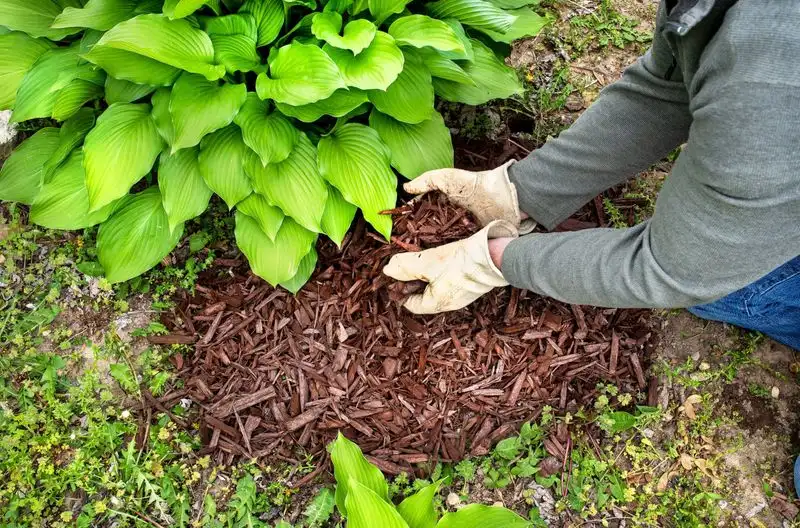
Old stems contribute to natural mulch formation. As they break down, they form a layer that protects soil from erosion and retains moisture.
This natural mulch moderates soil temperature and suppresses weeds, reducing the need for artificial mulching. In this way, leaving stems in place contributes to a more sustainable and self-sufficient garden system.

